
“Wow.” That single word, captured on an air traffic control recording when Delta Flight 590 attempted its unsuccessful takeoff, encapsulates the collective holding of breath of several hundred passengers and crew members on two planes in Mexico City. At that moment when disaster and salvation were separated by as little as 200 feet, the intersection of human consciousness, process rigor, and technological limitation was laid bare for the world’s aviation community.
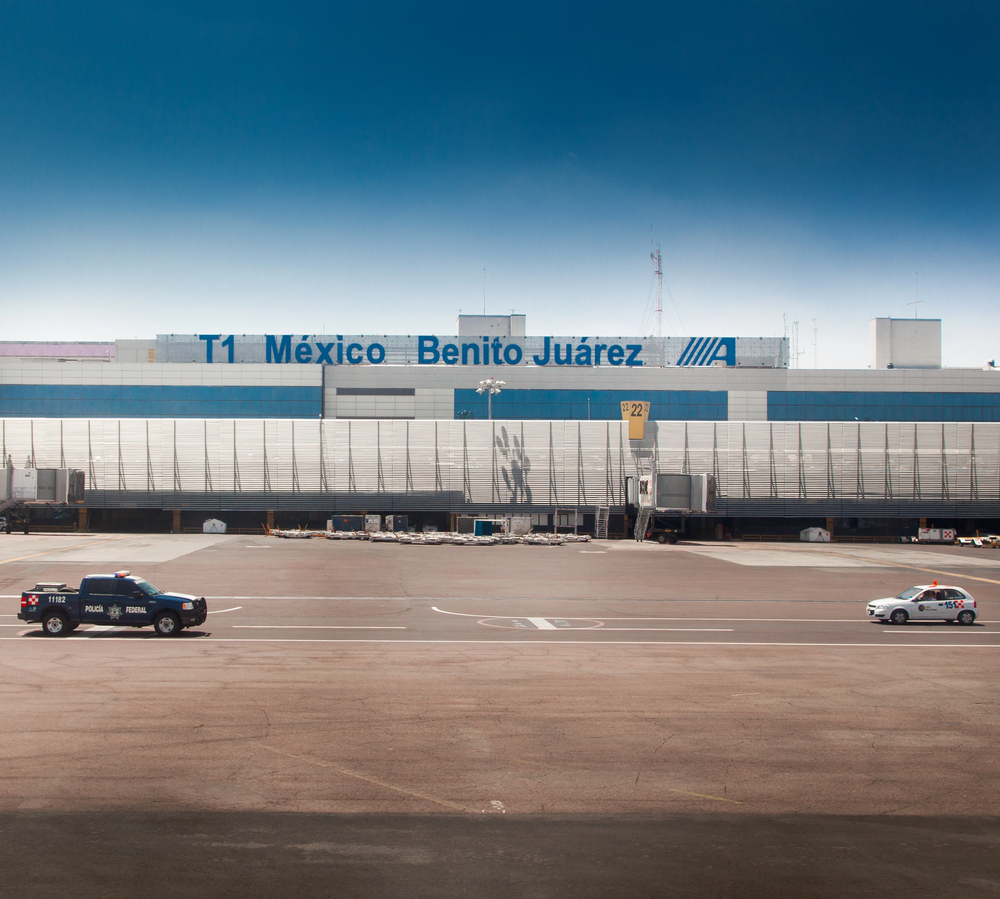
Around 7:28 a.m. on 21 July 2025, Benito Juárez International Airport was the location of a near miss which then sparked international debate and scrutiny. Aeromexico Flight 1631, an Embraer E190, and Delta Flight 590, a Boeing 737-800, had both been cleared to the same runway in rapid succession. The Delta jet, traveling about 60 miles per hour down runway 5R, was forced to Abort Takeoff because the Aeromexico aircraft came in directly ahead of it a classic case of a runway incursion, narrowly avoided by the Delta crew’s prompt response.
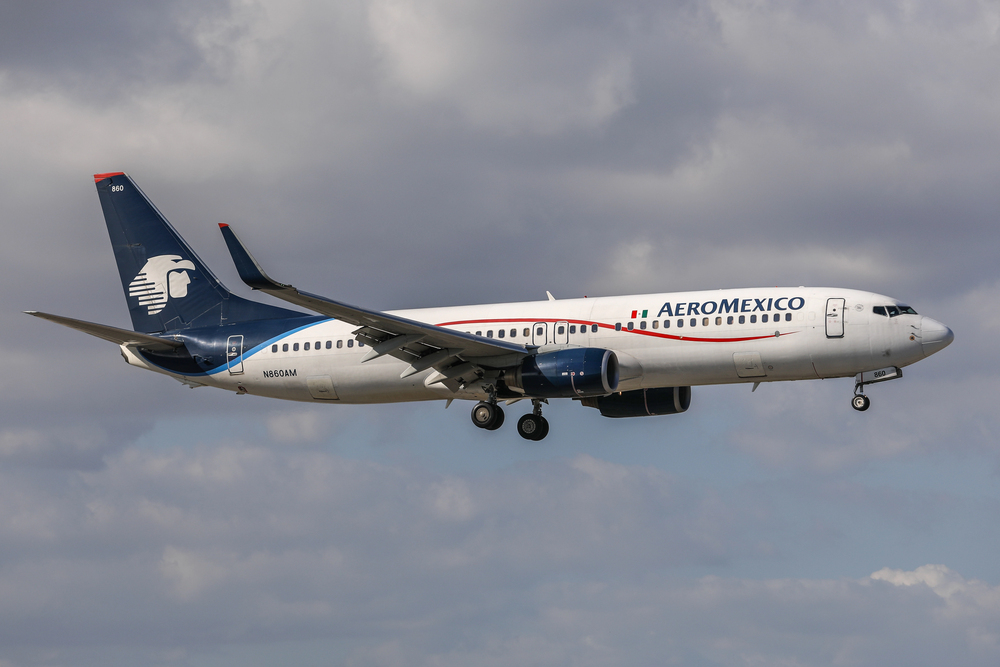
1. Anatomy of the Near-Miss: Sequence and Scale
FlightRadar24 flight tracking and various witnesses confirm that Aeromexico 1631 directly crossed over Delta 590, landing ahead of it on the same active runway. So close, just 200 feet, there simply was no margin for mistake. The situational awareness and rapid reaction of the Delta pilots, which their carrier celebrated as “part of Delta’s extensive training,” prevented disaster that could have rivaled the worst accident in aviation history, the 1977 Tenerife runway collision. The deadly crash to a Bombardier CRJ1 at Lexington KT in 2006 was one example.
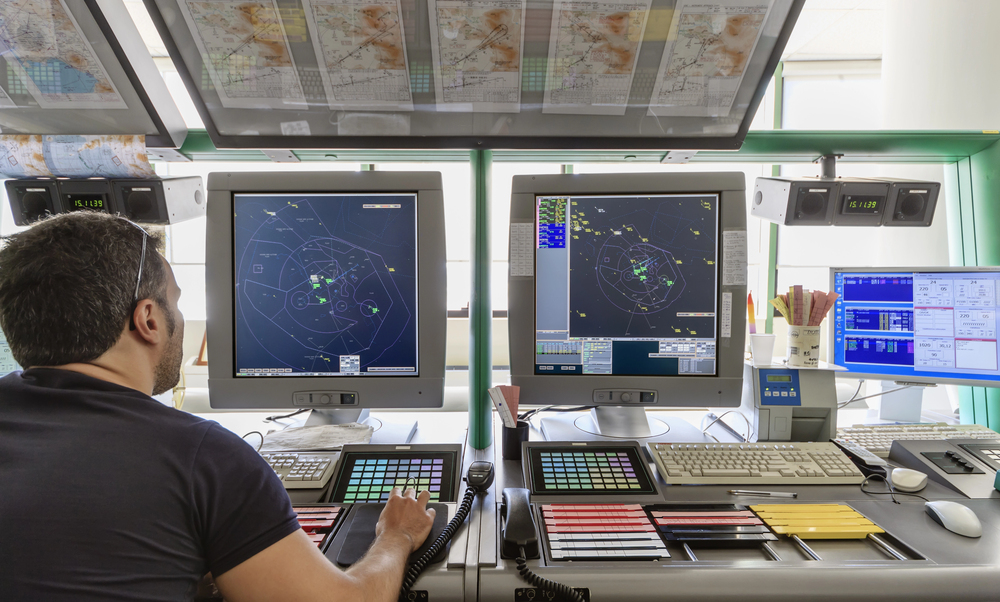
2. Air Traffic Control: Communication Breakdown
Investigations by American and Mexican authorities are focusing on a probable breakdown of air traffic control (ATC) protocol. As flight pundit Steve Ganyard observed, “It seems fairly likely that there was a loss of communication, either with the tower controllers clearing it to aircraft for takeoff at the same time they cleared one to land, or perhaps they were not clear with a landing aircraft which runway — left or right — it was supposed to land on.” This uncertainty in concurrent use of runways at a high-density airport serves to underscore the ongoing limitations in ATC communications.
The three major areas accountable for runway incursions include failure to comply with ATC instructions, unfamiliarity with the airport environment, and non-compliance with standard operating procedures.
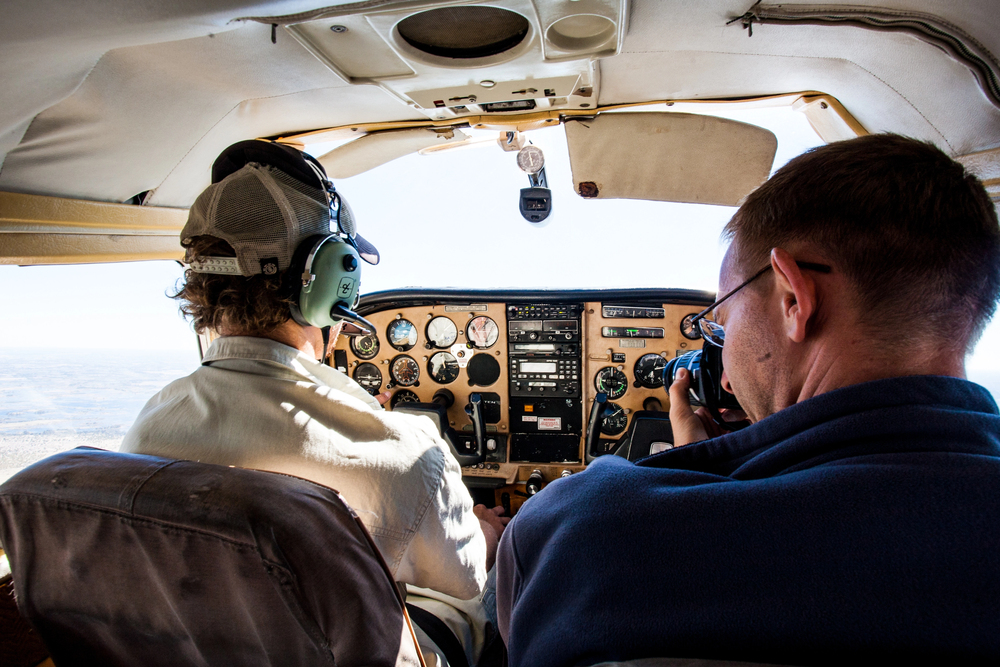
3. The Human Factor: Crew Procedures and Decision Criteria
Delta’s pilots executed a textbook rejected takeoff (RTO) in which they brought the aircraft to a safe stop after they reached a critical level of speed. Such a choice, made with reference to the V1 speed the “go/no-go” speed demonstrates the worth of very rigorous simulator training and adherence to standard operating procedures. As described in industry best practices, “A good rejection should be accomplished if the response is prompt and is finalized according to prescribed procedures. Following V1, a reject should only be deemed if there is good reason to suspect that the aircraft will not fly.”
The call V1 should be made in a way that the verbalization is finished when the speed is reached. Prompt activation of stopping action is essential. The ability of Delta pilots to slow down the aircraft before V1 is evidence of their training and airline safety culture.

4. Runway Incursion Detection and Surveillance Technology
Despite advancements in ground surveillance technology, the accident identifies gaps with current runway incursion detection technology. The FAA Surface Awareness Initiative (SAI), implemented recently at several U.S. airports, provides controllers with near real-time data but no conflict-alerting capability in its initial implementation.These new surveillance systems won’t supplant old radar displays but should give a controller greater situational awareness of airport taxiways and runways. Mexico City’s airport, with its high traffic density and tightly spaced runways, is a textbook case of operating stress that can overwhelm human and technical protection.
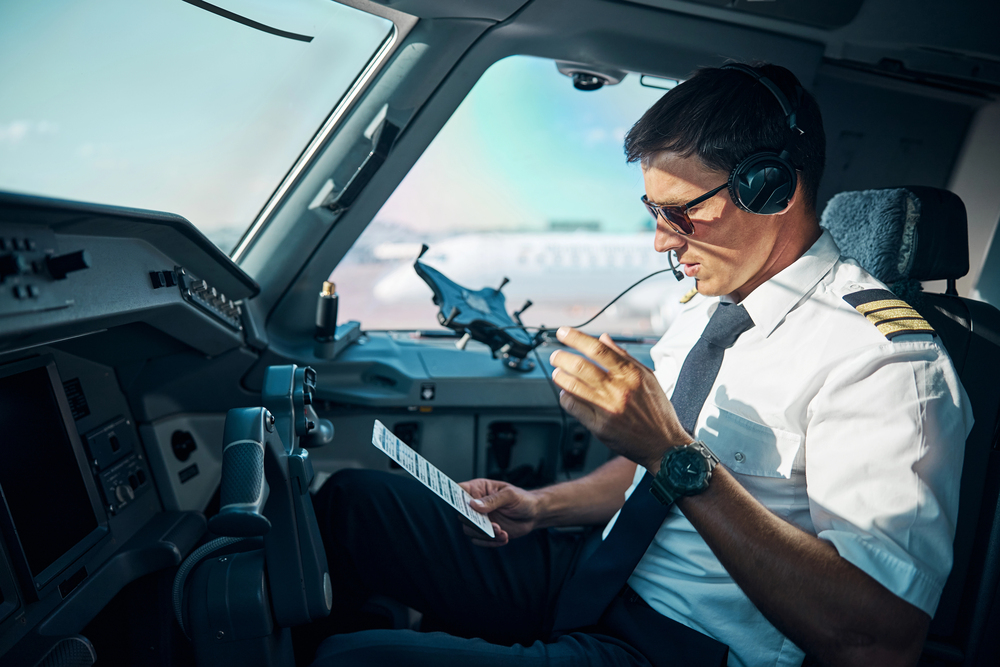
5. Communication Systems: Protocols and Pitfalls
Existing ATC rooms rely on radar, multilateration, and ADS-B integration to track aircraft, but the basis of safe operation remains unvarnished, plain radio communication. Misunderstandings because of language, accent, or crowding on frequencies can be deadly. New devices like Universal Taxi Assist (UTA) have attempted to bridge these gaps by translating ATC clearances into graphical messages on pilots’ electronic flight bags, reducing the likelihood of misplaced or misunderstood clearances.UTA gathers aircraft data like callsign and position. It also translates ground control taxi clearances into words and quickly displays the clearances on an EFB.
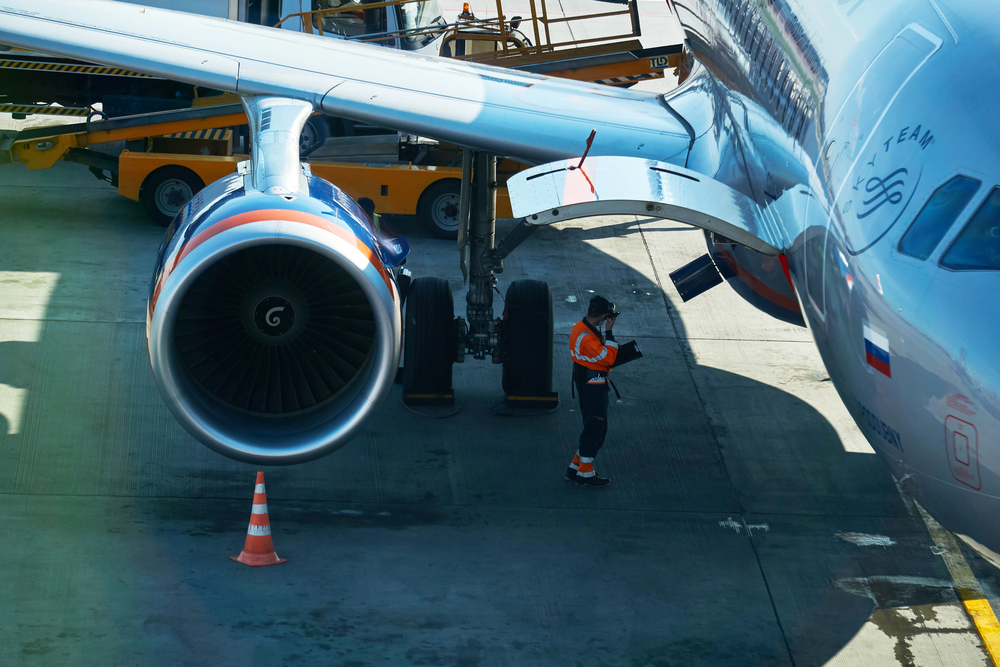
6. Aircraft Safety Systems: From TCAS to TOGA
While Traffic Collision Avoidance Systems (TCAS) are designed principally to resolve airborne conflicts, takeoff and go-around (TOGA) techniques, combined with crew warning and procedural decorum, are required in ground-based situations. Delta pilots’ speedy abort, which was initiated around 60 mph, is a good example of the efficacy of such tiered defense when augmented by human vigilance and technical interventions. The maximum speed needs to be called out by PM on their respective airspeed indicator and needs to be acknowledged quickly by the PF.
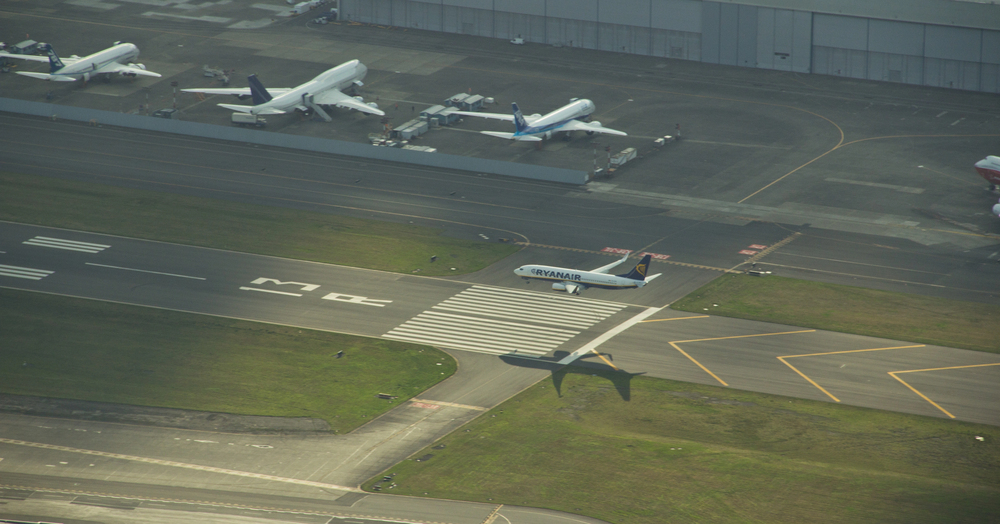
7. The Airport Challenge: Design and Operational Complexity
Benito Juárez International Airport is indicative of global hubs where topography, heavy traffic, and complex configurations of runways increase risk. Parallel runway closeness and focus of a day’s activity necessitate not only robust technology, but vigilant procedural awareness as well. It has been noticed by the experts that “minor modifications to the design, signage or to traffic movement procedures at such airports have been found to sharply reduce the risk of recurrence.”Likewise, advance detection of relatively higher-risk airports, both by ATS authorities and aircraft operators, may enable both parties to take countermeasures to nullify the risk.

As investigations persist, the aviation world is reminded safety never stands still. Every near-miss, as in Mexico City, spurs an intensified examination of technology, training, and communication urgent call to action for all who share responsibility for the world’s runways.


